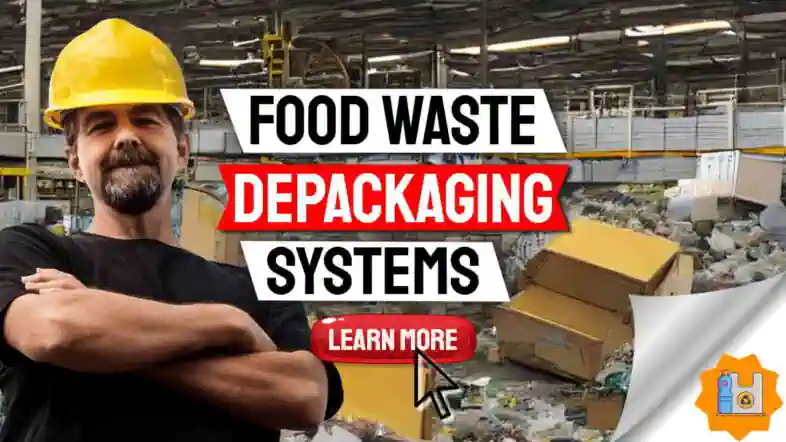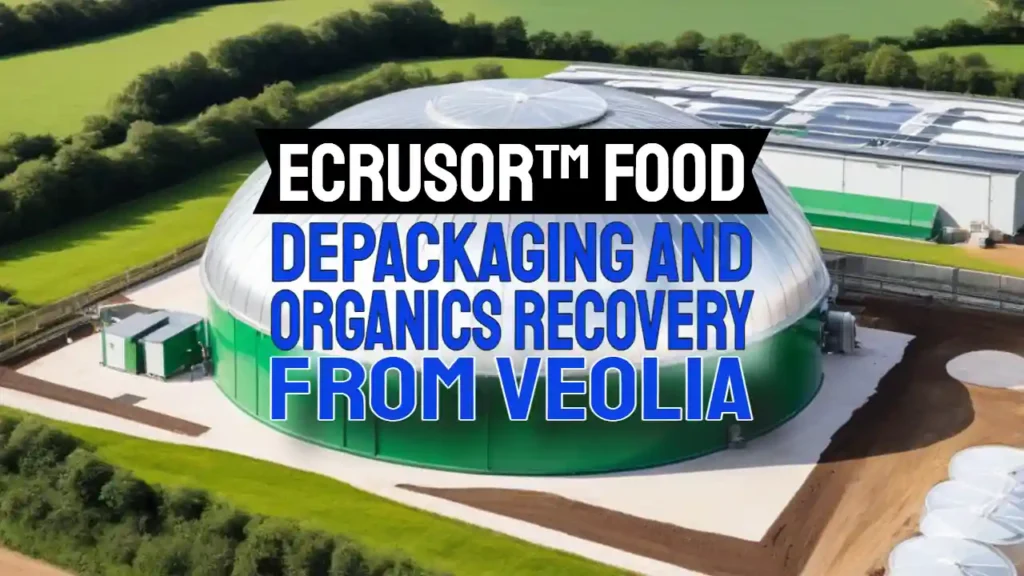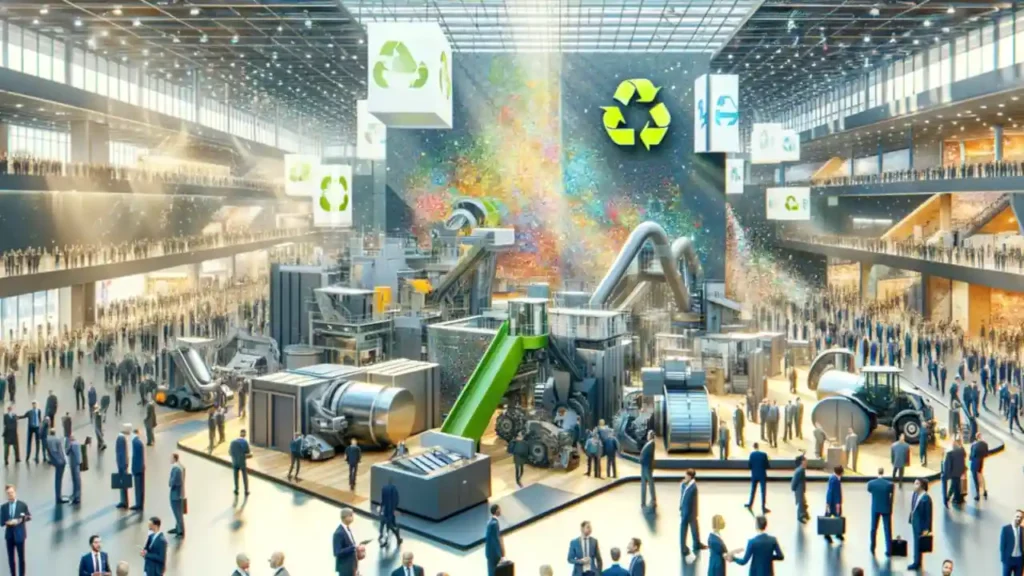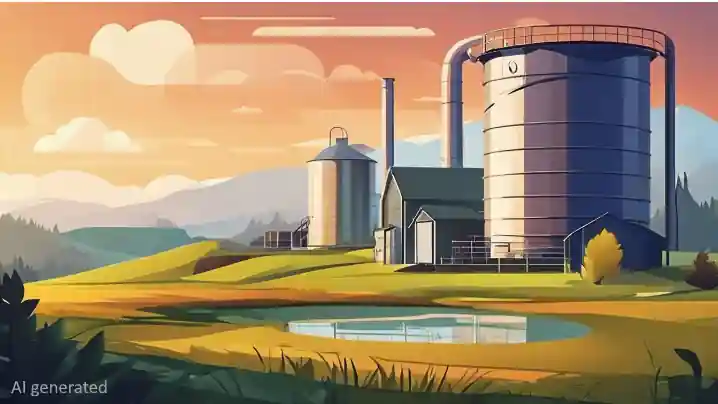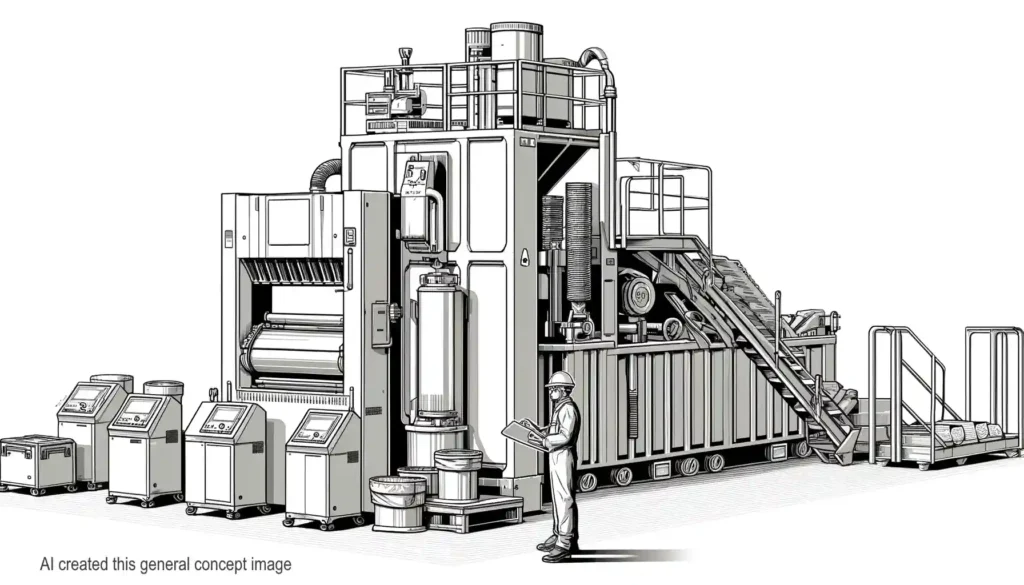Small plastic in waste is a big, and so far largely unappreciated, problem within the waste management and recycling industries. In this article, we will explain the risks of microplastics which are created inadvertently, (or on purpose for the reduction of particle size), during waste pretreatment and recycling.
But first, let us place our concerns in the wider context:
Small Plastic, Big Problem for the Global Environment
Microplastics are small plastic particles that are 5 millimetres or smaller in size. They can come from a variety of sources, including the breakdown of larger plastic debris, the shedding of synthetic fibres from clothing and textiles, and the use of microbeads in personal care products.
Microplastics have become a significant environmental problem because they can accumulate in the environment, including in the oceans and other bodies of water, and can have a negative impact on aquatic life. Many marine species are known to ingest microplastics and this can lead to health problems and even death.
Microplastics are also present in soil, rivers, and even the air, and since winds and water can easily carry them, this could result in their spread to remote areas and even human ingestion.
The problem with microplastics is that once released into the environment, these small particles do not degrade easily and can remain in the environment for hundreds of years. They are also difficult to remove once they have entered the ecosystem.
Recognition that the Risks of Microplastics is Growing
Governments and organizations are starting to take notice of this problem and are taking steps to reduce the amount of microplastics in the environment. This can be done through policies and regulations such as:
- the banning of microbeads in personal care products,
- better enforcement of laws related to plastic pollution, and
- promoting the use of biodegradable plastics.
Educating the public about the problem and ways to reduce plastic consumption is also critical.
There Are No Easy Solutions
It’s worth noting that addressing the issue of microplastics in the environment is a challenging problem that requires a multi-faceted approach and cooperation across different sectors of society to minimize the impact of microplastics in the environment.
There is a real problem with accumulating microplastics from the spreading of organic waste on land from composting, and in particular from the output of microplastic contaminated digestate from the anaerobic digestion process. These plastics will eventually (in geological timescales) end up in the world’s oceans and this can hurt marine ecosystems.
Microplastics on land can also come from a variety of sources including the breakdown of larger plastic debris, the shedding of synthetic fibres from clothing and textiles, and the use of microbeads in personal care products.
Once on land, microplastics can be transported by a variety of means such as through stormwater runoff and through the air, which leads to the particles being spread to distant locations.
Plastic Contamination From Storms and the Risks of Microplastics
One of the other main ways that microplastics end up in the world’s oceans is through stormwater runoff.
When it rains, water runs off of surfaces such as roads, parking lots, and roofs and picks up pollutants including microplastics along the way. This runoff then flows into rivers, streams, and other bodies of water, ultimately ending up in the ocean.
Plastic Contamination From Sewage
Microplastics can also be carried out to sea through the discharge of untreated sewage, and also to a certain lesser degree from treated sewage.
Once in the ocean, microplastics are having a significant negative impact on marine ecosystems.
Microplastics are often mistaken as food by marine animals, and, when ingested, can cause physical injury and block the digestive system. Ingestion of microplastics can also lead to the accumulation of toxic chemicals in the tissues of marine animals and can reduce the overall health and reproduction of the species.
Microplastics Attract and Concentrate Toxic Pollutants
Microplastics can also attract and concentrate toxic pollutants and can act as a vector for the introduction of invasive species, disrupting the local ecosystem.
Additionally, microplastics can also adsorb and accumulate persistent organic pollutants (POPs) such as polychlorinated biphenyls (PCBs) and dichlorodiphenyltrichloroethane (DDT), that can be harmful to marine life.
More specifically for all those involved in waste processing and recycling:
How Waste Processing and Recycling is Adding to the Microplastic Problem
When it comes to waste pretreatment, one of the main ways that microplastics are created is through the breakdown of larger plastic debris. For example, during the grinding or shredding of plastic waste to reduce its volume, small particles are created and can easily become part of the organic waste stream.
Similarly, in recycling processes, microplastics can be created when larger plastic items are ground down to small particles to be used as filler or feedstock in other products.
We have already described how once created, microplastics are easily transported by winds and water.
Once they enter the environment there is no stopping them! They can end up in rivers and oceans, or even in the air.
The tiny particles enter the soil and persist for hundreds of years. This is leading to the contamination of agricultural land and the food chain. Microplastics are being inhaled and ingested by humans, which can have negative health consequences.
Summarising the Risks of Microplastics
In summary, microplastics on land can get into the ocean through a variety of means and have negative impacts on marine ecosystems by being mistaken as food by marine animals and by accumulating toxic pollutants which can affect their health, reproduction and overall ecosystem.
It is important to note that addressing the issue of microplastics within the waste management and recycling industries is challenging and requires a multi-faceted approach.
But, there is abundant evidence that no depackaging/ separation equipment should now be used which does not in principle seek to avoid the production of microplastic whenever possible.
The urgent measures taken by the waste management industry need to include better control and monitoring during the waste pretreatment and recycling process, as well as public education on the dangers of microplastics.
This should probably also be in addition to finding ways to reduce plastic consumption, at least until the problem of microplastic creation has been solved by and introduced by all the depackaging and separation equipment suppliers.
Tags: microplastic problem, risk of microplastic, risk of microplastics, waste recycling microplastics
Discover more from IPPTS Depackaging Equipment Insights
Subscribe to get the latest posts sent to your email.


